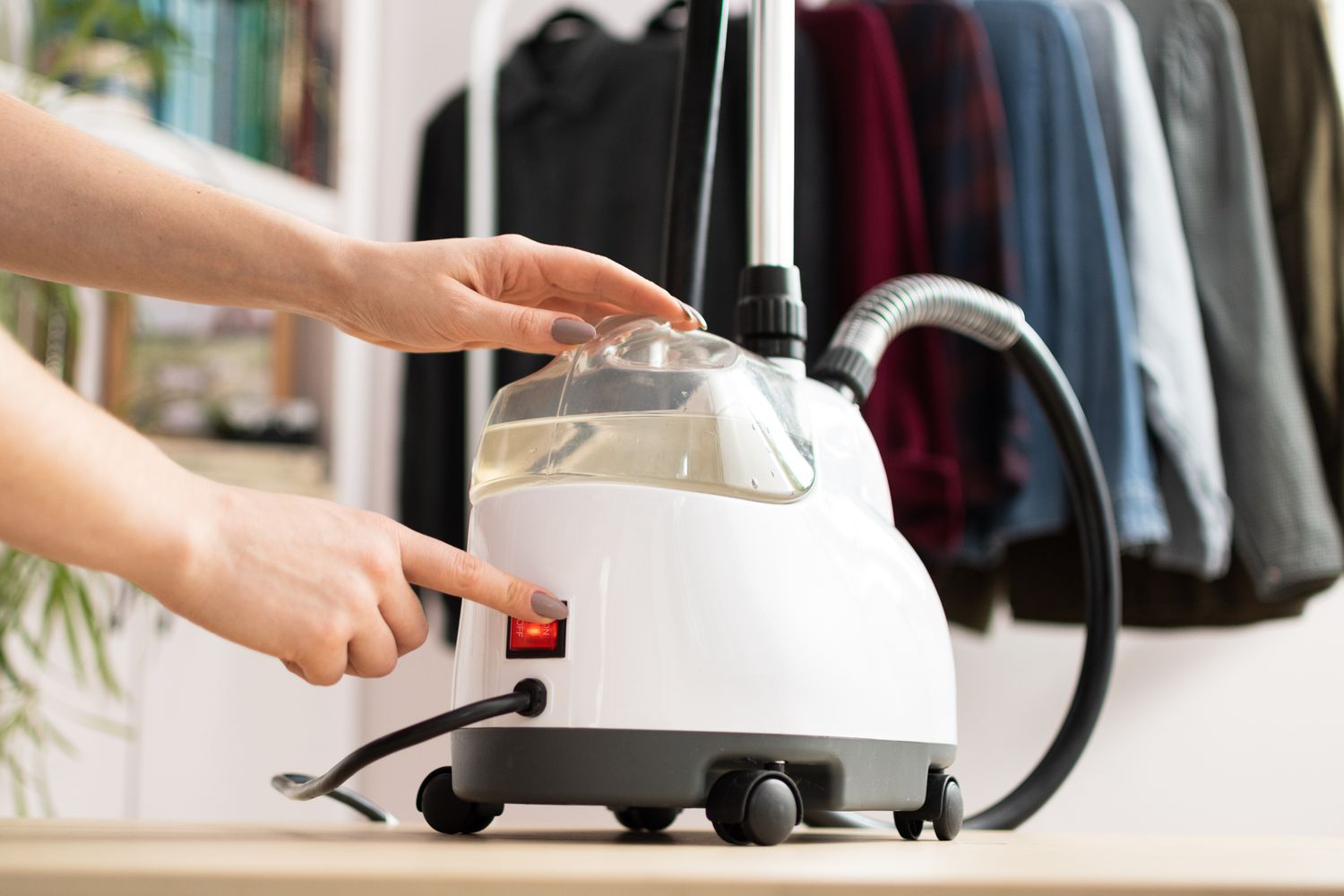

Articles
How To Use Clothing Steamer
Modified: February 20, 2024
Discover the best articles on how to use a clothing steamer. Get expert tips and tricks for achieving wrinkle-free clothes effortlessly.
(Many of the links in this article redirect to a specific reviewed product. Your purchase of these products through affiliate links helps to generate commission for Storables.com, at no extra cost. Learn more)
Introduction
Welcome to the world of clothing steamers! If you’ve ever struggled with stubborn wrinkles on your clothes or wished for a quicker and easier way to freshen up your garments, then a clothing steamer is your ultimate solution. In this article, we will explore the benefits of using a clothing steamer, guide you in choosing the right one for your needs, provide step-by-step instructions on how to use it effectively, and offer tips and tricks for achieving wrinkle-free perfection.
Gone are the days of wrestling with a traditional iron and ironing board. Clothing steamers provide a more efficient and convenient way to remove wrinkles from your clothes. They work by using hot steam to relax the fabric fibers, making it easier to smooth out wrinkles. Not only do steamers save you time and effort, but they are also gentle on delicate fabrics and can even refresh stale odors, making your clothes look and smell fresh.
Using a clothing steamer comes with a myriad of benefits. Firstly, it is incredibly efficient, allowing you to steam multiple pieces of clothing in a fraction of the time it takes to iron them individually. It is a handy tool for busy individuals who want to streamline their morning routine or have last-minute touch-ups before an important event.
Another advantage of clothing steamers is their versatility. Unlike traditional irons, steamers can be used on a variety of fabrics, including delicate materials like silk and chiffon. They are perfect for removing wrinkles from clothing items that are difficult to iron, such as suits, dresses, curtains, and upholstery. Additionally, steamers are versatile enough to be used on other household items like bedding and drapes.
When it comes to choosing the right clothing steamer, there are a few factors to consider. Size and portability are important if you plan to use it while traveling or have limited storage space. Look for a steamer that heats up quickly and offers a continuous steam flow to ensure efficient and effective steaming sessions.
Now that you have an understanding of the benefits and considerations when choosing a clothing steamer, let’s dive into the step-by-step process of using one. Whether you’re a steaming novice or have some experience, this guide will help you achieve wrinkle-free garments in no time.
Key Takeaways:
- Effortlessly achieve wrinkle-free perfection with a clothing steamer, offering efficiency, versatility, and gentle treatment of fabrics. Say goodbye to stubborn wrinkles and embrace the ease and convenience of steaming for crisp, fresh garments.
- Maximize your steaming experience with tips for effective usage, proper maintenance, and safety precautions. From shirts to delicate fabrics, achieve professional-looking results and extend the lifespan of your garments with a clothing steamer.
Read more: How To Use A Steamer
Benefits of Using a Clothing Steamer
Using a clothing steamer has a multitude of benefits that make it a popular choice for garment care. Let’s explore some of the top advantages:
1. Efficiency: Clothing steamers are incredibly efficient when it comes to removing wrinkles from your clothes. Unlike traditional irons, which require you to press down on the fabric, steamers work by releasing a continuous flow of hot steam that relaxes the fibers. This means you can easily and quickly steam multiple garments in a short amount of time, making it ideal for those with busy schedules.
2. Gentle on Fabrics: One of the biggest advantages of using a clothing steamer is that it is gentle on fabrics. Ironing can sometimes cause damage to delicate or synthetic materials, such as silk or polyester. Steamers, on the other hand, use steam to smooth out wrinkles without applying direct heat or pressure to the fabric. This makes it a safer option for sensitive fabrics, ensuring that your garments remain in great condition for longer.
3. Removes Odors and Refreshes: In addition to removing wrinkles, clothing steamers can also help eliminate odors and refresh your clothes. The hot steam penetrates the fabric and helps to neutralize any unpleasant smells. This is especially useful for garments that have been stored for a while or those that have absorbed odors from cooking or smoke. Simply steaming your clothing can leave them smelling fresh and clean.
4. Versatility: Another great benefit of clothing steamers is their versatility. They can be used on a wide range of clothing items, including shirts, pants, dresses, and skirts. Steamers are also effective at refreshing and de-wrinkling larger items like curtains, drapes, and upholstery. This versatility makes a clothing steamer a valuable tool for both personal and household use.
5. Easy to Use: Clothing steamers are designed to be user-friendly and easy to operate. Most models have a simple setup, with a water tank and a control panel that allows you to adjust the steam intensity. All you need to do is fill the tank with water, wait for it to heat up, and start steaming. There are no complicated settings or temperature adjustments to worry about, making it accessible for anyone to use.
6. Portable and Travel-Friendly: If you’re someone who frequently travels or needs to stea
Choosing the Right Clothing Steamer
When it comes to selecting the right clothing steamer for your needs, there are a few key factors to consider. By making an informed decision, you can ensure that you choose a steamer that meets your expectations and provides effective wrinkle removal. Here are some factors to keep in mind:
1. Size and Portability: Consider the size and portability of the clothing steamer. If you plan to use it while traveling or have limited storage space, a compact and lightweight steamer would be ideal. Look for models that are easy to handle and can fit into your suitcase without taking up too much space.
2. Water Capacity and Runtime: Check the water capacity of the steamer’s tank. A larger tank will allow for longer steaming sessions without the need to refill frequently. Consider the runtime of the steamer as well – how long it can produce continuous steam before needing a refill. Opt for a steamer with a decent water capacity and runtime to avoid interruptions in your steaming sessions.
3. Heat-up Time: Look for a clothing steamer that heats up quickly. Some steamers can heat up within a few minutes, while others may take a bit longer. The faster the heat-up time, the quicker you can start removing wrinkles from your clothes.
4. Steam Output: Consider the steam output of the steamer. Higher steam output ensures more efficient and effective wrinkle removal. Look for steamers that offer a continuous steam flow, as this will save you time and effort in steaming your garments.
5. Attachments and Accessories: Check what attachments and accessories come with the steamer. Different models may offer various attachments that can be used for specific garment types or creasing details. Common attachments include brush heads for thicker fabrics, fabric brushes for delicate materials, and crease clips for trousers. Having the right accessories can enhance the steaming process and help achieve better results.
6. Price and Warranty: Set a budget for your clothing steamer purchase, keeping in mind that prices can vary depending on the brand, features, and quality. Look for steamers that offer a balance between price and functionality. Additionally, check the warranty provided by the manufacturer to ensure that you are covered in case of any defects or malfunctions.
7. Read Customer Reviews: Before making a final decision, read customer reviews and ratings for the clothing steamer you are considering. Real-world experiences can provide valuable insights into the steamer’s performance, durability, and overall satisfaction levels.
By considering these factors and doing a bit of research, you can choose a clothing steamer that suits your needs and preferences. Remember that finding the right steamer may involve a bit of trial and error, but with careful consideration, you can find a steamer that will make your garment care routine a breeze.
Preparing Your Garments
Before using a clothing steamer, it’s important to properly prepare your garments to ensure effective wrinkle removal and prevent any damage. Here are some steps to follow when preparing your garments:
1. Check the Fabric: Start by checking the fabric care label on your clothing items. Different fabrics require different levels of heat and steam, so it’s important to know the recommended settings. Most steamers are safe to use on a variety of fabrics, but there may be exceptions for delicate or heat-sensitive materials.
2. Hang the Garment: Hang the garment on a sturdy hanger to create a taut surface for steaming. This will make it easier to smooth out wrinkles and ensure that the steam reaches all areas of the fabric. Make sure the garment is free from any clips, pins, or accessories that may interfere with the steaming process.
3. Pre-treat Stains: If your garment has any visible stains or spills, it’s a good idea to pre-treat them before steaming. Use a stain remover or spot cleaner according to the product instructions. Allow the pre-treatment product to penetrate the stain for a few minutes before proceeding with the steaming process.
4. Empty Pockets: Check the pockets of your garments and remove any items like tissues, receipts, or loose change. Emptying the pockets will prevent any items from being damaged or interfering with the steaming process.
5. Smooth out the Fabric: Take a moment to smooth out any major creases or folds in the fabric by lightly pulling or stretching it. This will help the steam to penetrate the fabric more effectively and reduce the amount of time needed to remove wrinkles.
6. Pre-fill the Water Tank: Before starting the steaming process, make sure to pre-fill the water tank of the steamer according to the manufacturer’s instructions. Use clean, distilled water if possible to prevent any mineral buildup or residue in the steamer. Ensure that the water tank is securely attached to the steamer to avoid any leaks during use.
By following these prepping steps, you will maximize the efficiency of your clothing steamer and achieve better results when removing wrinkles from your garments. Taking a few moments to properly prepare your clothes will help ensure a smooth and hassle-free steaming process. Now that your garments are ready, let’s move on to how to operate the clothing steamer effectively.
Operating the Clothing Steamer
Operating a clothing steamer is a straightforward process that anyone can master. By following these step-by-step instructions, you’ll be able to effectively use your clothing steamer to remove wrinkles from your garments:
1. Position the Steamer: Place your clothing steamer on a stable and flat surface, such as a table or countertop. Make sure it is within reach of an electrical outlet and that the cord is not tangled or obstructed.
2. Plug In the Steamer: Insert the plug into the outlet and turn on the power switch if applicable. Some steamers have a separate power switch, while others may start automatically when plugged in. Refer to the manufacturer’s instructions for your specific model.
3. Allow the Steamer to Heat Up: Most steamers require a few minutes to heat up before they’re ready to use. Check the indicator light or display on your steamer to know when it has reached the appropriate temperature. It’s important to wait until the steamer is fully heated for optimal steam production.
4. Adjust the Steam Settings: Depending on your steamer model, you may have adjustable steam settings. Choose the appropriate level of steam intensity for your fabric type and wrinkle severity. Higher settings are suitable for heavier fabrics, while lower settings are best for delicate materials.
5. Hold the Steamer Properly: Grasp the handle of the steamer and hold it in an upright position. Make sure your hand is positioned away from the steam outlet to avoid any accidental burns.
6. Direct the Steam: Position the steam head a few inches away from the fabric you want to steam. Slowly move the steam head across the fabric, applying gentle pressure if needed. Keep the steamer moving continuously to prevent overheating or water spots on the fabric.
7. Focus on Problem Areas: Pay extra attention to areas with stubborn wrinkles. Hold the steamer closer to the fabric or apply more steam to those specific areas to help relax the fibers and remove the wrinkles.
8. Smooth out the Fabric: As you steam, use your free hand to smooth out the fabric behind the steam head. This will help the wrinkles to disappear faster and ensure an even distribution of steam across the garment.
9. Repeat the Process: Continue steaming the remaining areas of the garment until all wrinkles have disappeared. For larger or more wrinkled items, you may need to repeat the process multiple times.
10. Unplug the Steamer: Once you have finished steaming, unplug the steamer from the electrical outlet and allow it to cool down completely before storing it away.
Following these steps will ensure that you can operate your clothing steamer with ease and achieve excellent wrinkle-removing results. Remember to always follow the manufacturer’s instructions and safety guidelines specific to your steamer model for best practices. Now, let’s move on to steaming different types of fabrics effectively.
Read more: How To Use A Tamale Steamer
Steaming Different Types of Fabrics
When using a clothing steamer, it’s important to consider the type of fabric you’re steaming, as different fabrics may require special care. Here are some guidelines for steaming different types of fabrics:
1. Cotton: Cotton is a durable fabric that can withstand higher temperatures. When steaming cotton garments, use a high steam setting and hold the steamer closer to the fabric. Move the steamer slowly across the wrinkles to ensure effective wrinkle removal.
2. Wool: Wool is a delicate fabric that requires gentle steaming. Use a lower steam setting and hold the steamer a few inches away from the fabric to prevent damage. It’s recommended to use a pressing cloth or a steaming brush attachment to create a barrier between the steamer and the wool fabric.
3. Silk: Silk is a delicate and easily damaged fabric. Use a low to medium steam setting and hold the steamer a few inches away from the fabric. It’s advisable to use a pressing cloth or a fabric brush attachment to protect the silk and prevent water spots.
4. Synthetic Fabrics: Synthetic fabrics like polyester or nylon can be steamed using a medium steam setting. Hold the steamer a few inches away from the fabric and move it smoothly across the wrinkles. Be cautious not to apply too much steam or hold the steamer in one spot for too long, as it may cause the fabric to warp or melt.
5. Delicate Fabrics: For delicate fabrics such as lace or chiffon, it’s essential to be extra careful. Use the lowest steam setting and hold the steamer further away from the fabric. Consider using a fabric brush attachment or placing a piece of lightweight fabric over the delicate fabric to protect it from direct steam.
6. Blends: Fabrics that are blends of different materials, such as cotton-polyester blends, may require a medium steam setting. Follow the guidelines for the fabric that makes up the majority of the blend, but keep in mind the potential sensitivity of any delicate fabric in the blend.
Remember, it’s always wise to test a small, inconspicuous area of the fabric before steaming the entire garment to ensure that the steamer doesn’t damage or discolor the fabric. Additionally, pay attention to any specific care instructions provided by the garment manufacturer.
By knowing how to appropriately steam different types of fabrics, you can effectively remove wrinkles while keeping your garments in excellent condition. Now, let’s explore how to remove wrinkles from specific clothing items using a clothing steamer.
When using a clothing steamer, always start with the lowest heat setting and gradually increase as needed to avoid damaging delicate fabrics. Keep the steamer moving to prevent water spots and wrinkles.
Removing Wrinkles from Specific Clothing Items
A clothing steamer is a versatile tool that can be used to remove wrinkles from a variety of clothing items. Here are some specific techniques for steaming common clothing items:
1. Shirts and Blouses: To remove wrinkles from shirts and blouses, start by buttoning up the garment and placing it on a hanger. Hold the steamer a few inches away from the fabric and steam both sides of the shirt or blouse, focusing on the collar, cuffs, and front placket. Smooth the fabric with your free hand to help the wrinkles release.
2. Pants and Trousers: Hang the pants or trousers on a hanger and steam each leg individually. Start at the top of the leg and work your way down, using the crease clip attachment if available to create a sharp crease. Pay extra attention to the knees and pockets, as these areas tend to have more pronounced wrinkles.
3. Dresses and Skirts: Hang the dress or skirt on a hanger and steam both the front and back, being mindful of any delicate details like ruffles or embellishments. Gently smooth the fabric as you go to ensure even wrinkle removal. For long dresses or skirts, you may need to lift the hem and steam from the bottom up.
4. Suits and Blazers: Hang the suit or blazer on a hanger and steam each piece separately. Start by steaming the jacket, focusing on the sleeves, lapels, and shoulders. Use a fabric brush attachment to help smooth out any stubborn wrinkles. For pants, follow the technique mentioned earlier for trousers.
5. Delicate Fabrics: Delicate fabrics such as silk or lace require extra care when steaming. Use a low steam setting and hold the steamer further away from the fabric to prevent damage. You can also place a thin cotton or muslin cloth between the steamer and the fabric for added protection.
6. Outerwear: Coats, jackets, and other outerwear can benefit from steaming to freshen them up and remove any wrinkles. Hang the garment on a sturdy hanger and steam both the exterior and interior. Pay attention to any pockets, collars, or cuffs that may have creases. Smooth the fabric with your hand as you steam to ensure a polished look.
Remember to always allow the steamed garments to hang and dry thoroughly before wearing or storing them. This will help to set the fabric and ensure a wrinkle-free appearance.
By following these guidelines, you can effectively remove wrinkles from specific clothing items and keep your wardrobe looking fresh and well-maintained. Now, let’s explore some tips and tricks to help you get the most out of your clothing steamer.
Tips and Tricks for Effective Steaming
To optimize your steaming experience and achieve the best results with your clothing steamer, here are some tips and tricks:
1. Steam in an Upward Motion: When steaming garments, use upward strokes with the steam head. This helps to lift the fabric and smooth out the wrinkles more effectively. Avoid downward strokes, as they can potentially cause new wrinkles to form.
2. Start with Freshly Cleaned Garments: For optimal results, steam clean clothes that are clean and free from stains or odors. Steaming can help remove minor odors, but it’s best to start with freshly washed or dry-cleaned garments.
3. Keep a Safe Distance: Maintain a safe distance between the steamer and your hand or body. Steam can be hot, and it’s important to avoid accidental burns. Always handle the steamer by the handle and be mindful of where you position your hands while steaming.
4. Be Mindful of Water Spots: To prevent water spots on delicate fabrics, refrain from oversteaming or holding the steamer in one spot for too long. If you notice any water spots, you can lightly pat the fabric with a clean cloth to absorb the moisture.
5. Use Distilled Water: Using distilled water helps minimize mineral buildup and prolongs the lifespan of your clothing steamer. Hard water can leave behind residues that can affect the steamer’s performance, so opting for distilled water is recommended.
6. Steam in a Well-Ventilated Area: Steaming can create moisture in the air, so it’s important to steam in a well-ventilated area. This allows the steam to dissipate and prevents the buildup of excess humidity in the room.
7. Steam Heavily Wrinkled Areas First: If you have a garment with heavily wrinkled sections, steam those areas first. Direct the steam nozzle towards the wrinkles, holding it closer to the fabric for better penetration. Once the wrinkles have loosened, you can move on to steaming the rest of the garment.
8. Use a Steaming Brush or Attachment: Consider using a fabric brush or attachment that suits your garment type. A brush can help loosen the fibers and provide a smoother finish. It can also be useful for removing lint or pet hair from fabrics before steaming.
9. Store the Steamer Properly: After use, allow the steamer to cool down completely before storing it. Empty any remaining water and ensure that the tank is dry before putting it away. Follow the manufacturer’s instructions for proper storage to maintain the steamer’s longevity.
10. Practice on Test Fabrics: If you’re new to using a clothing steamer, practice on test fabrics or old garments before steaming your favorite clothes. This will help you get familiar with the steamer’s settings and your preferred technique.
By implementing these tips and tricks, you’ll be able to achieve effective steaming results while prolonging the life of your clothing steamer. Now, let’s discuss how to properly maintain and clean your clothing steamer for optimal performance.
Maintaining and Cleaning Your Clothing Steamer
To ensure the longevity and optimal performance of your clothing steamer, regular maintenance and proper cleaning are essential. Here are some tips for maintaining and cleaning your steamer:
1. Empty and Clean the Water Tank: After each use, empty any remaining water from the tank. This prevents any residual water from becoming stagnant and potentially causing odors or mineral buildup. If your steamer has a removable water tank, take it out and clean it according to the manufacturer’s instructions. For non-removable tanks, you can use a solution of vinegar and water to remove any mineral deposits or residue.
2. Use Distilled Water: To minimize mineral buildup and potential damage to your clothing steamer, it is recommended to use distilled water. Distilled water has fewer minerals compared to tap water, reducing the chances of mineral clogging or scaling in your steamer.
3. Clean the Steam Nozzle and Head: Over time, the steam nozzle and head can accumulate mineral deposits or residue. Use a soft cloth or sponge dampened with vinegar or a descaling solution to gently wipe the nozzle and remove any buildup. Be sure to follow the manufacturer’s instructions and avoid using abrasive materials or harsh chemicals.
4. Check for Clogs: Regularly inspect the steam nozzle for any clogs or blockages. If you notice reduced steam flow or uneven distribution, it could indicate a clog. Use a cleaning tool or a straightened paperclip to gently clear any obstructions, being careful not to damage the steam nozzle.
5. Inspect the Cord and Plug: Periodically check the cord and plug for any signs of damage or fraying. If you notice any issues, it’s essential to have them repaired or replaced by a professional. Avoid using a steamer with a damaged cord, as it may pose a safety hazard.
6. Store Properly: When not in use, store your clothing steamer in a dry and dust-free area. Ensure that the cord is neatly wrapped, and the steamer is not under any heavy objects that could cause damage. Follow any specific storage instructions provided by the manufacturer.
7. Follow Manufacturer’s Instructions: Always refer to the manufacturer’s instructions for any specific maintenance or cleaning guidelines for your specific model. Each steamer may have unique care requirements, and following these guidelines will help maintain the steamer’s performance and prolong its lifespan.
By regularly maintaining and cleaning your clothing steamer, you’ll ensure its longevity and reliable performance. Taking the time to care for your steamer properly will allow you to enjoy wrinkle-free garments for years to come. Now, let’s go over some important safety precautions when using a clothing steamer.
Read more: How To Use Steamfast Steamer
Safety Precautions
While using a clothing steamer is generally safe, it’s important to follow these safety precautions to prevent any accidents or injuries:
1. Read the Instruction Manual: Familiarize yourself with the manufacturer’s instructions and safety guidelines provided with your clothing steamer. Understanding the proper operation and maintenance procedures is crucial for safe usage.
2. Keep Children and Pets Away: Keep children and pets at a safe distance from the steamer while it is in use. The hot steam and heated surfaces can cause burns if touched or knocked over accidentally.
3. Never Direct Steam Towards Yourself or Others: Avoid pointing the steam outlet towards yourself, others, or sensitive areas of the body. The high temperature steam can cause burns or scalding, so always direct the steam away from yourself and others.
4. Avoid Steaming Near Flammable Objects: Keep the steamer away from flammable objects such as curtains, paper, or chemicals. The heat from the steam can be a fire hazard if it comes in contact with combustible materials.
5. Allow the Steamer to Cool Down: Before storing or performing any maintenance tasks, allow the clothing steamer to cool down completely. Touching a hot steamer can result in burns or injuries.
6. Use Caution with Hot Water and Steam: When filling or emptying the water tank, be cautious of hot water and steam. Allow the water to cool down sufficiently before handling the tank, and use protective gloves or a cloth to avoid contact with the hot surfaces.
7. Avoid Overfilling the Water Tank: Do not overfill the water tank of the steamer. Follow the manufacturer’s guidelines for the maximum water capacity and ensure that the tank is filled within the recommended range. Overfilling can cause boil-over and result in hot water or steam escaping from the steamer.
8. Unplug the Steamer After Use: It is important to disconnect the steamer from the power source after each use. Unplugging the steamer reduces the risk of accidental activation or electrical hazards.
9. Use on Stable Surfaces: Place your clothing steamer on a stable and flat surface while in use. This prevents it from tipping over or falling, reducing the risk of injury or damage.
10. Follow Electrical Safety Guidelines: Ensure that the electrical outlet you’re using is in good condition and suitable for the voltage requirements of the steamer. Avoid using extension cords if possible, as they may not provide adequate power and can pose electrical hazards.
Remember, these safety precautions are intended to minimize risks and promote safe usage of your clothing steamer. By following these guidelines, you can enjoy wrinkle-free clothes without compromising safety.
Conclusion
A clothing steamer is a valuable tool for effortlessly removing wrinkles and refreshing your garments. With its efficiency, versatility, and ease of use, it has become an essential part of many people’s garment care routines. By following the tips and techniques outlined in this article, you can enhance your steaming experience and achieve professional-looking results.
We discussed the benefits of using a clothing steamer, including its efficiency in removing wrinkles, its gentle treatment of fabrics, and its ability to remove odors. We also explored the factors to consider when choosing the right clothing steamer, such as size, water capacity, and steam output.
To effectively use your clothing steamer, we provided detailed instructions on preparing your garments, operating the steamer, and steaming different types of fabrics. We also shared tips and tricks for effective steaming, emphasized the importance of maintaining and cleaning your steamer, and highlighted the safety precautions to keep in mind.
By incorporating these guidelines into your steaming routine, you can ensure that your clothing steamer performs optimally and extends the lifespan of your garments. Whether you’re steaming shirts, dresses, pants, or delicate fabrics, you now have the knowledge and techniques to achieve wrinkle-free perfection.
Remember to always follow the manufacturer’s instructions and guidelines specific to your clothing steamer model, as each steamer may have its own unique features and care requirements.
So, say goodbye to stubborn wrinkles and embrace the ease and convenience of a clothing steamer. Enjoy effortlessly crisp and fresh garments that will elevate your style and confidence. Happy steaming!
Frequently Asked Questions about How To Use Clothing Steamer
Was this page helpful?
At Storables.com, we guarantee accurate and reliable information. Our content, validated by Expert Board Contributors, is crafted following stringent Editorial Policies. We're committed to providing you with well-researched, expert-backed insights for all your informational needs.
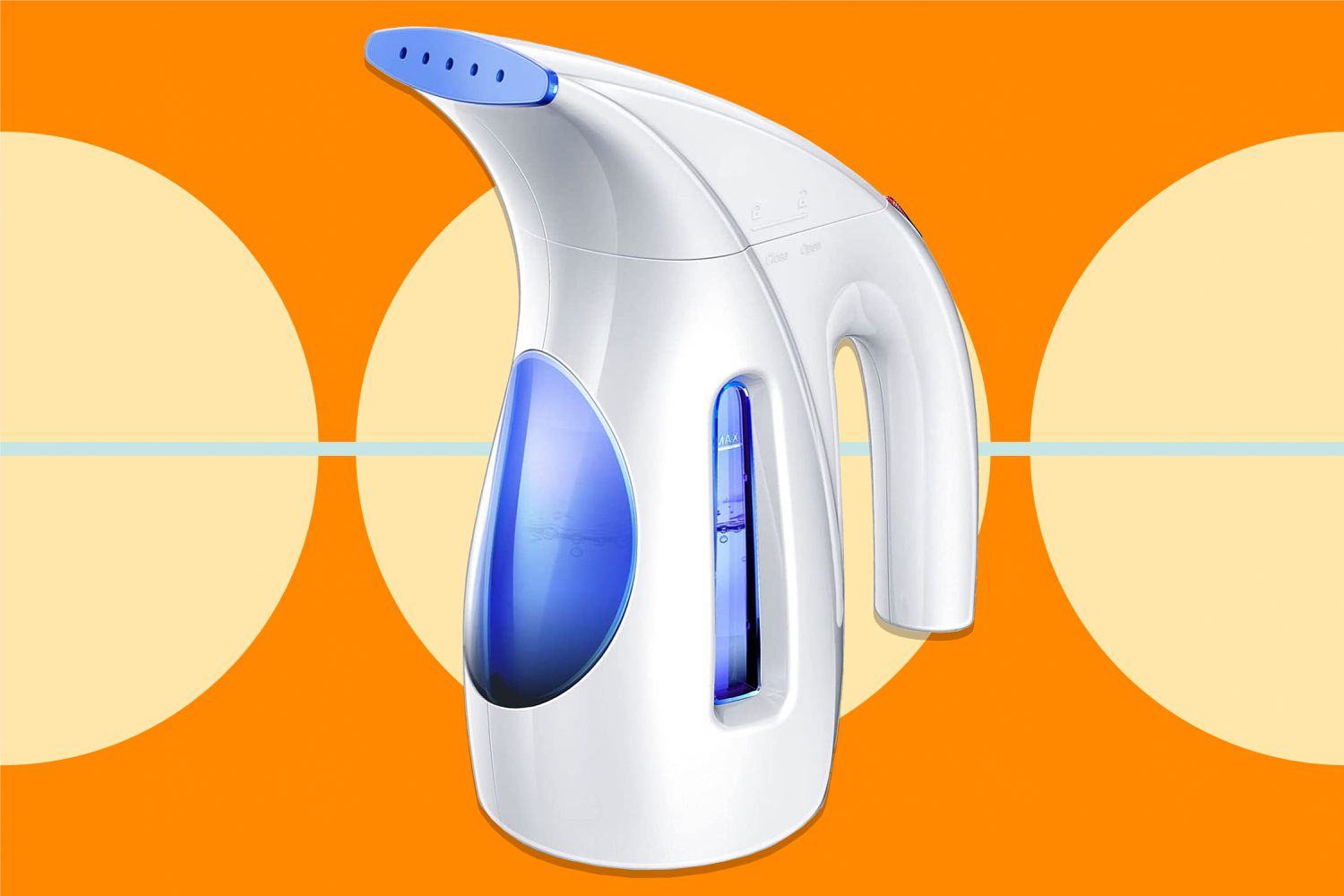
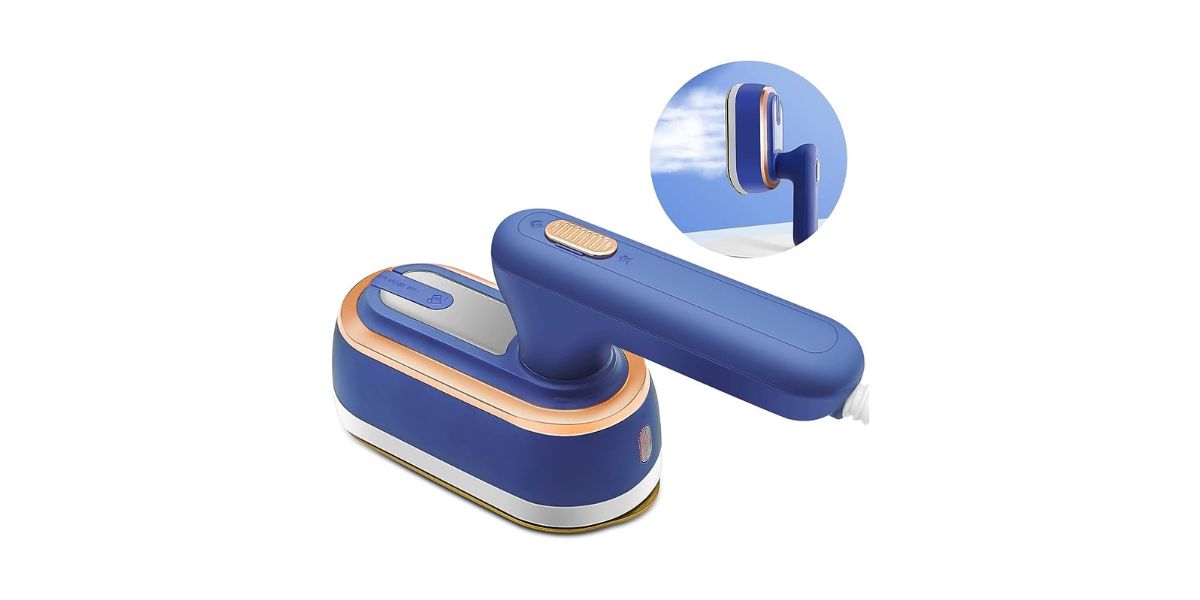
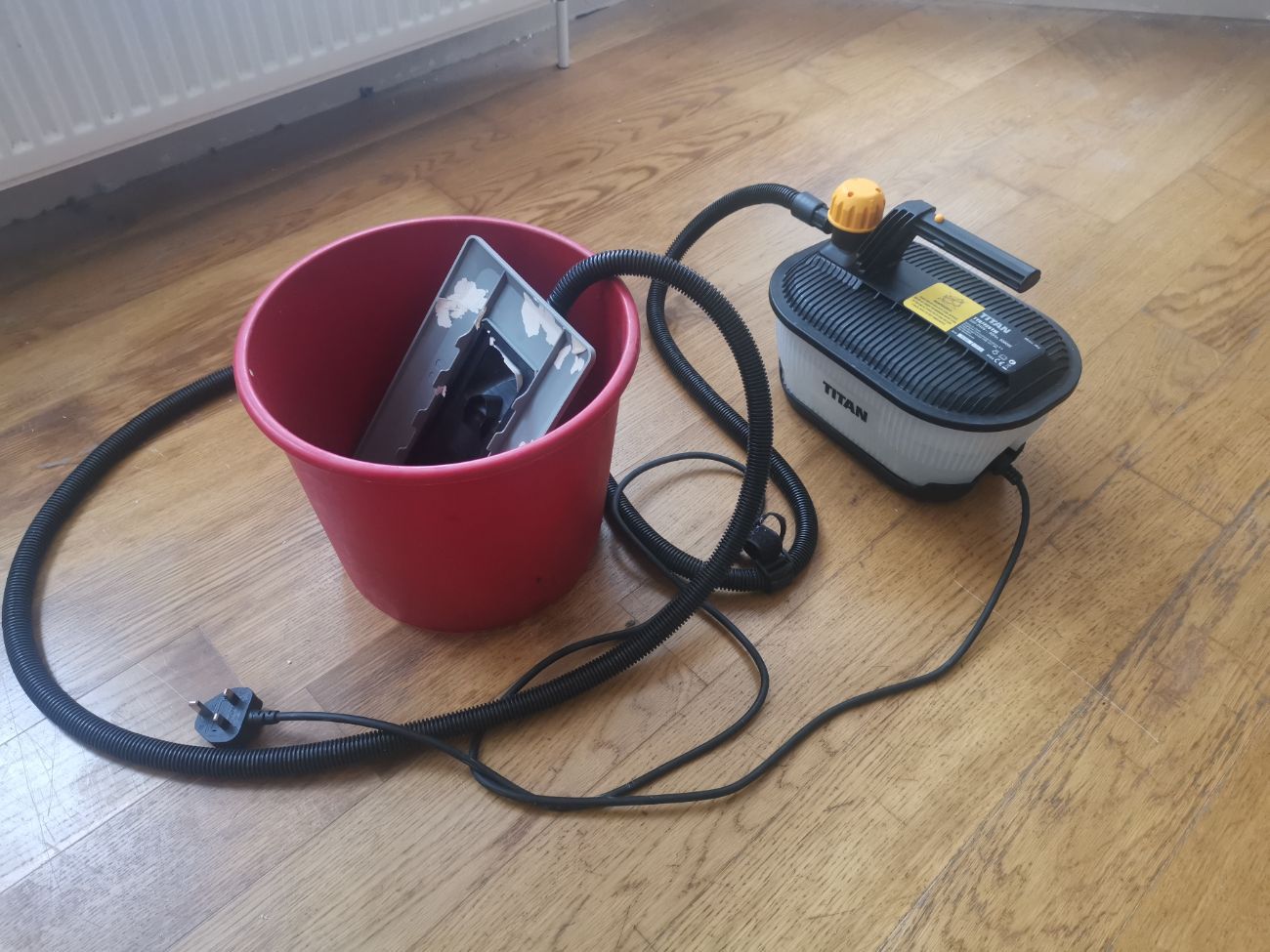
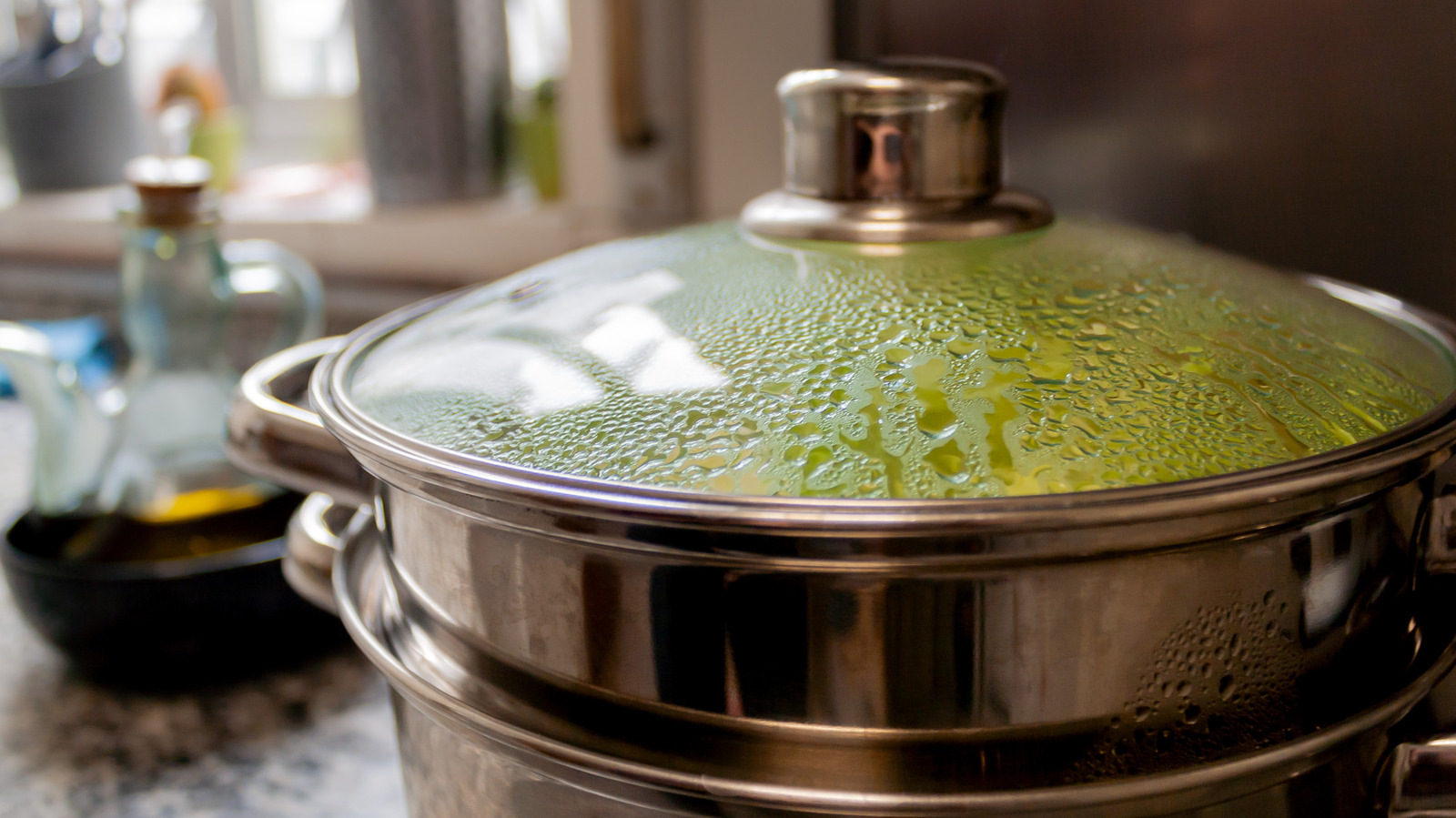
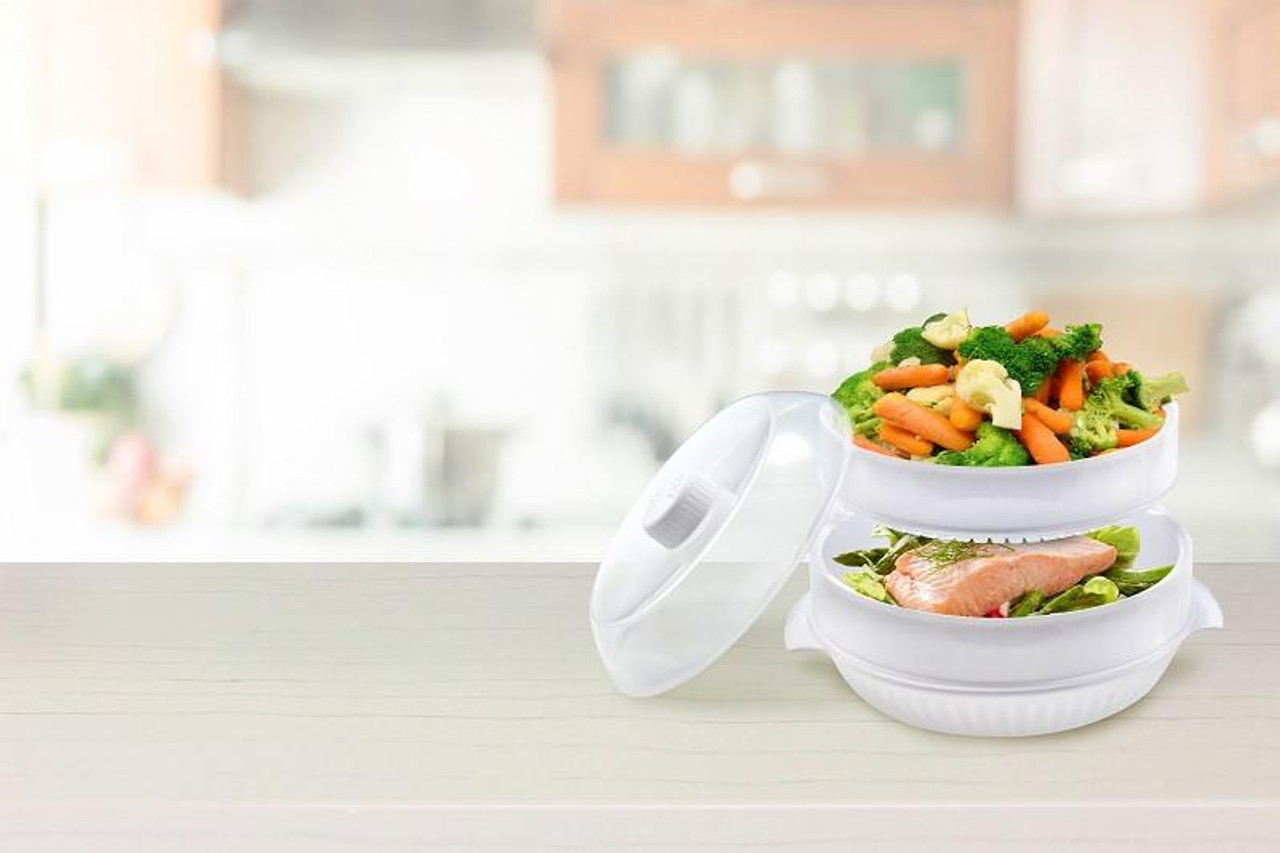
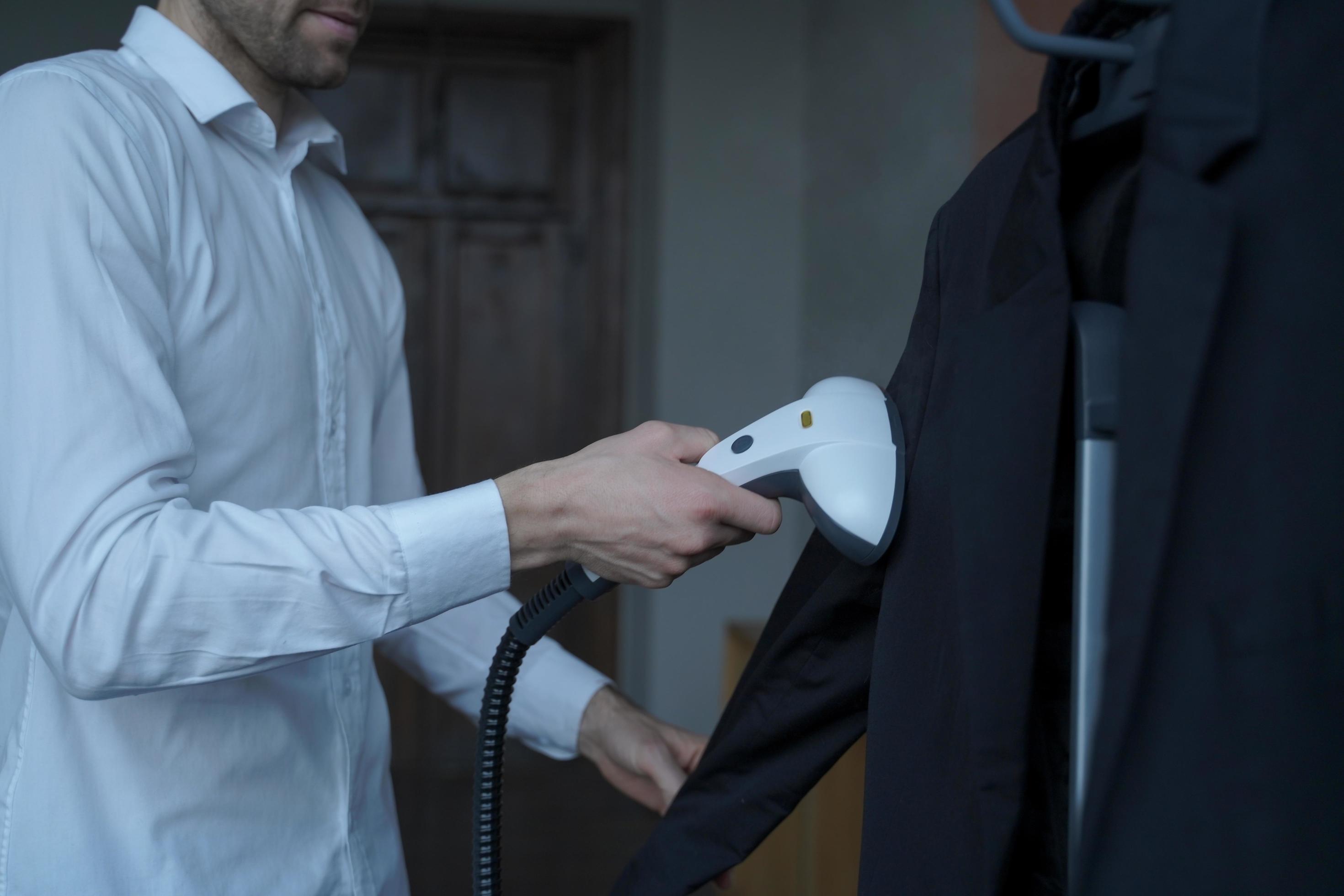
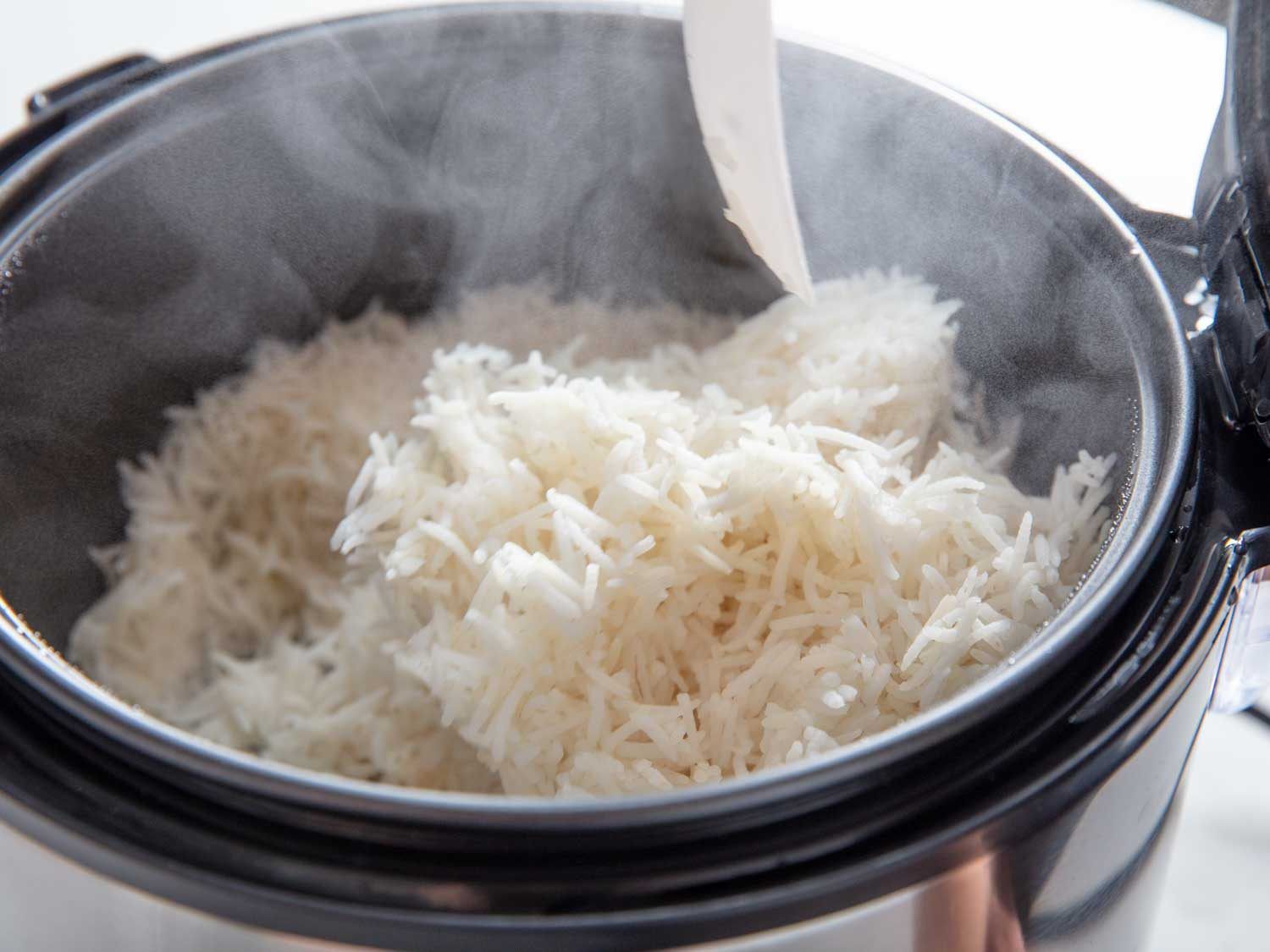
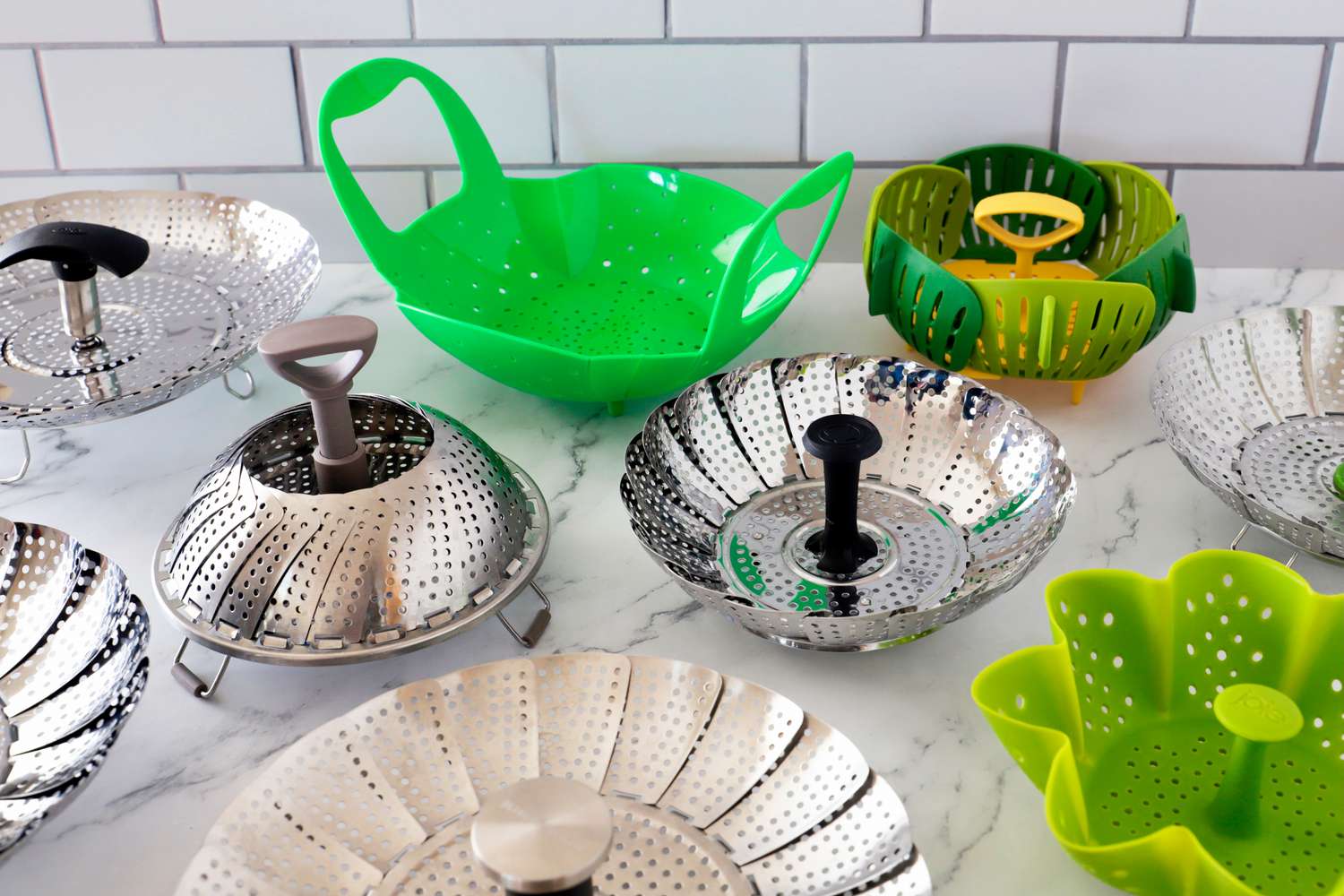
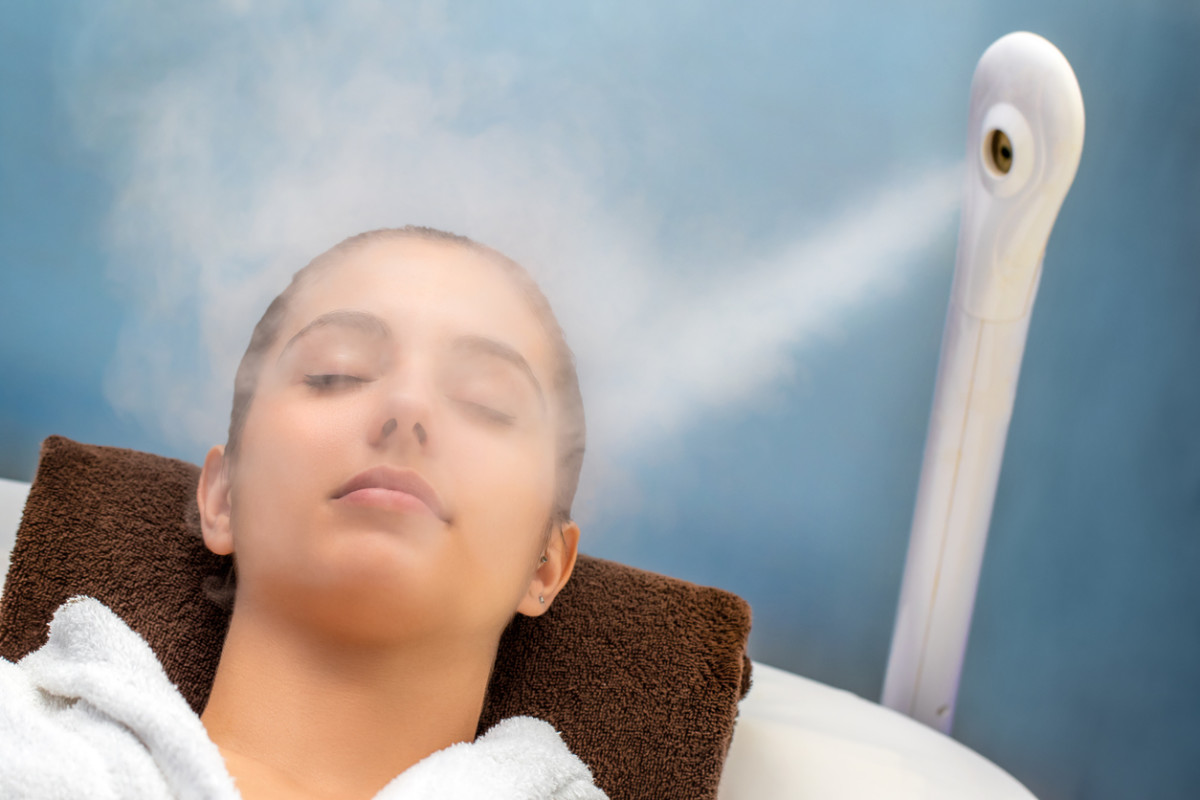
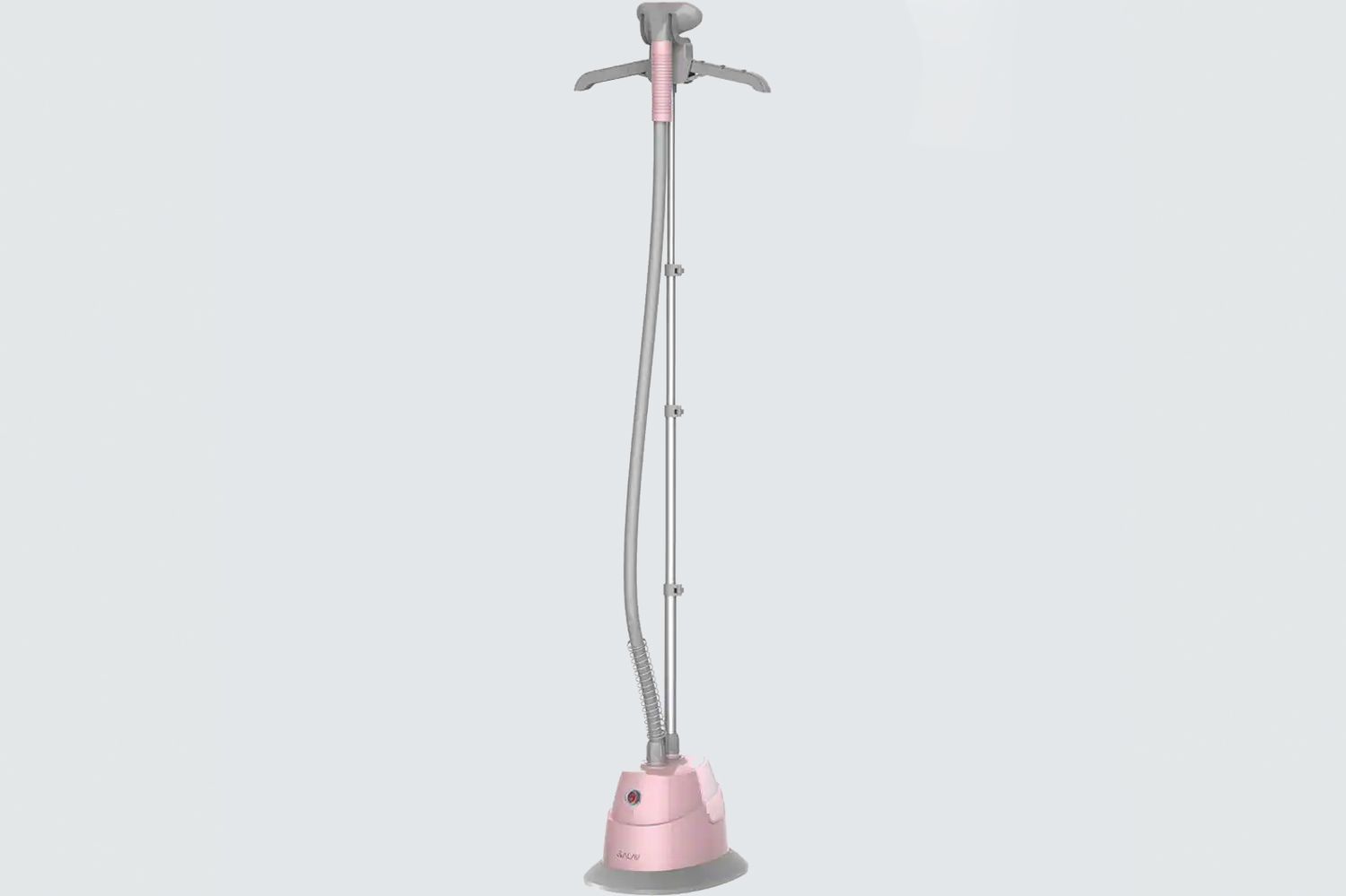
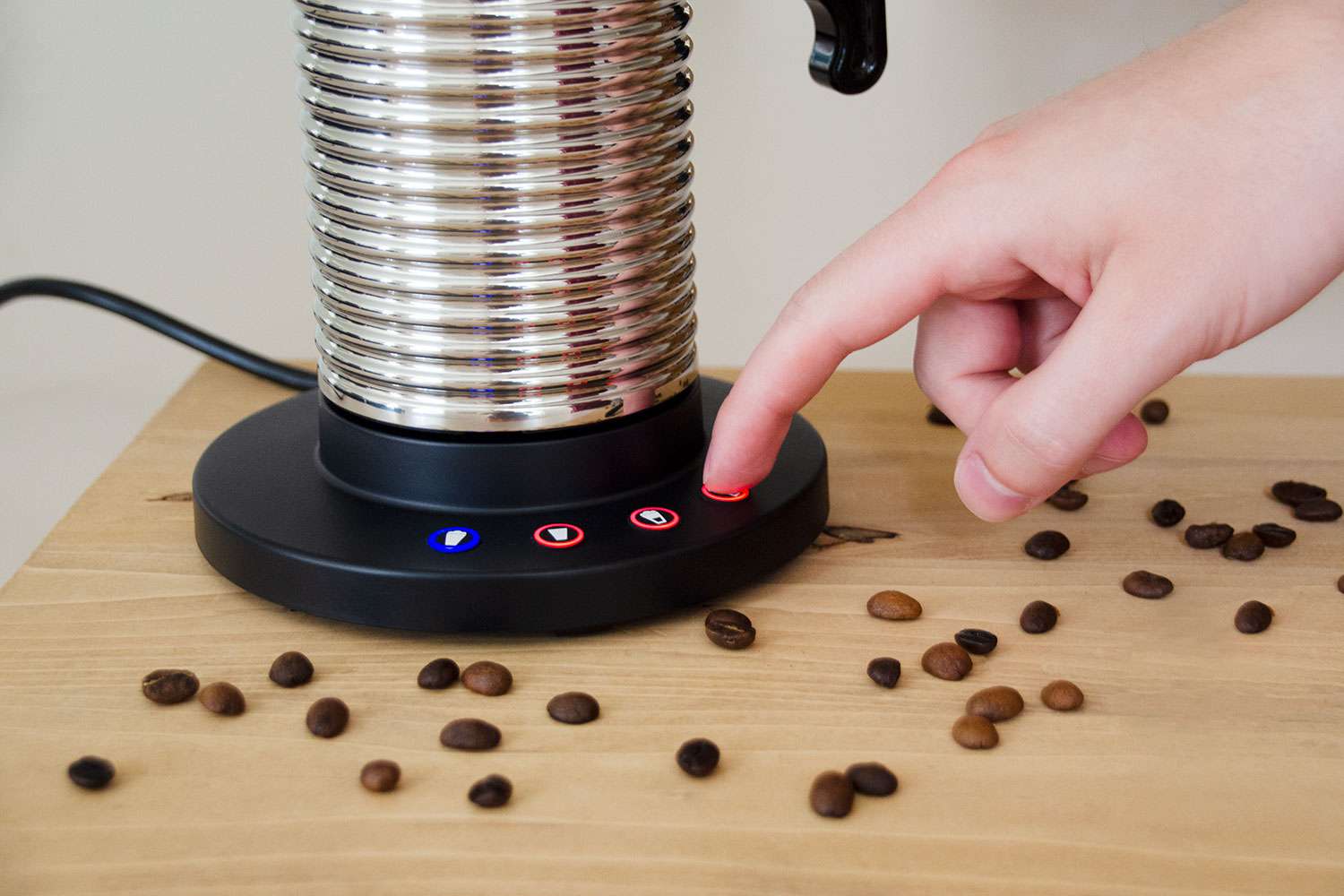
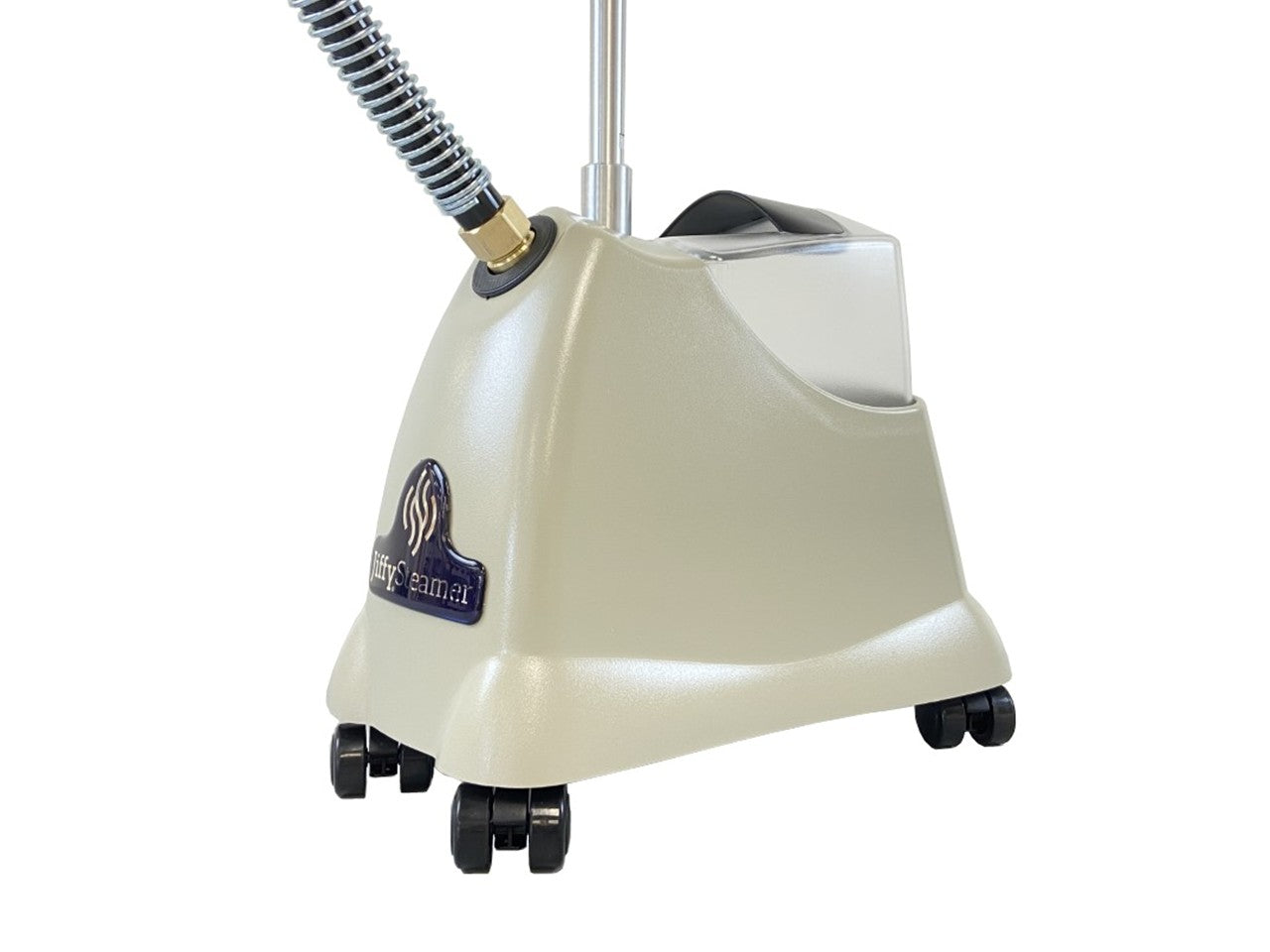
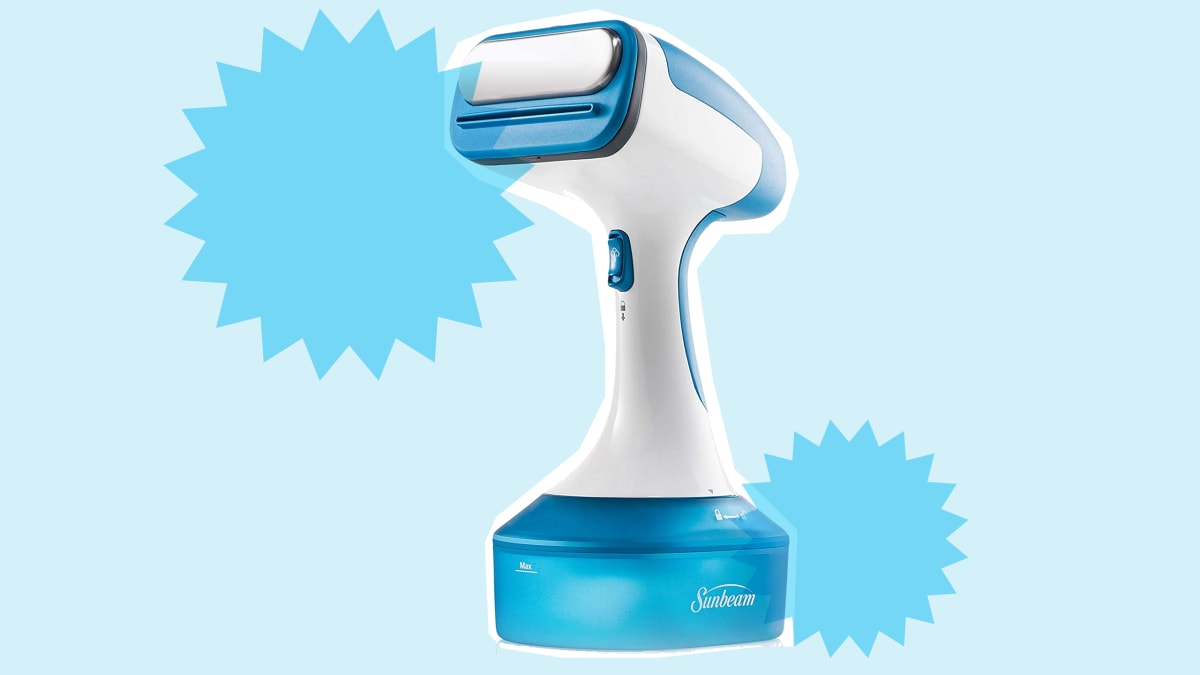

0 thoughts on “How To Use Clothing Steamer”